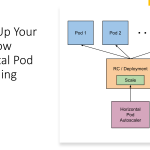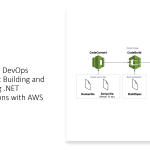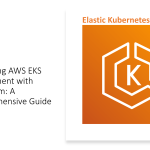Introduction
The rise of DevSecOps has transformed the way organizations develop, deploy, and secure their applications. By integrating security practices into the DevOps process, DevSecOps aims to ensure that applications are secure, compliant, and robust from the start. In this blog post, we will discuss the key metrics for measuring the success of your DevSecOps implementation and share strategies for optimizing your approach to achieve maximum success.
Key Metrics for DevSecOps
To gauge the success of your DevSecOps initiatives, it’s crucial to track metrics that reflect both the efficiency of your development pipeline and the effectiveness of your security practices. Here are some key metrics to consider:
- Deployment Frequency: This metric measures how often you release new features or updates to production. Higher deployment frequencies indicate a more agile and efficient pipeline.
- Mean Time to Recovery (MTTR): This metric tracks the average time it takes to recover from a failure in production. A lower MTTR suggests that your team can quickly identify and remediate issues.
- Change Failure Rate: This metric calculates the percentage of changes that result in a failure, such as a security breach or service disruption. A lower change failure rate indicates that your DevSecOps processes are effectively reducing risk.
- Time to Remediate Vulnerabilities: This metric measures the time it takes to address identified security vulnerabilities in your codebase. A shorter time to remediate indicates a more responsive and secure development process.
- Compliance Score: This metric evaluates the extent to which your applications and infrastructure adhere to regulatory requirements and organizational policies. A higher compliance score reflects better alignment with security and compliance best practices.
Strategies for DevSecOps Success
To maximize the effectiveness of your DevSecOps initiatives, consider implementing the following strategies:
- Foster a culture of collaboration: Encourage open communication and collaboration between development, security, and operations teams to promote a shared responsibility for application security.
- Automate security testing: Integrate automated security testing tools, such as static and dynamic analysis, into your CI/CD pipeline to identify and address vulnerabilities early in the development process.
- Continuously monitor and respond: Leverage monitoring and alerting tools to detect and respond to security incidents in real-time, minimizing potential damage and downtime.
- Prioritize risk management: Focus on high-risk vulnerabilities and threats first, allocating resources and efforts based on the potential impact of each security issue.
- Embrace continuous improvement: Regularly review and refine your DevSecOps processes and practices, using key metrics to measure progress and identify areas for improvement.
Closing Statement
In today’s rapidly evolving digital landscape, the need for robust security practices is greater than ever. By embracing a DevSecOps approach and focusing on key metrics, organizations can develop and deploy secure applications while maintaining agility and efficiency. By fostering a culture of collaboration, automating security testing, prioritizing risk management, and continuously monitoring and improving, you can set your organization on a path to DevSecOps success. Remember, the journey to DevSecOps excellence is an ongoing process, but with the right strategies in place, your organization will be well-equipped to tackle the challenges and seize the opportunities that lie ahead.



